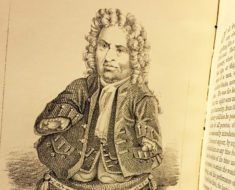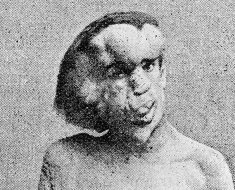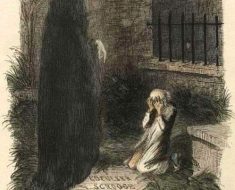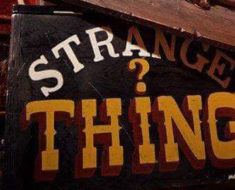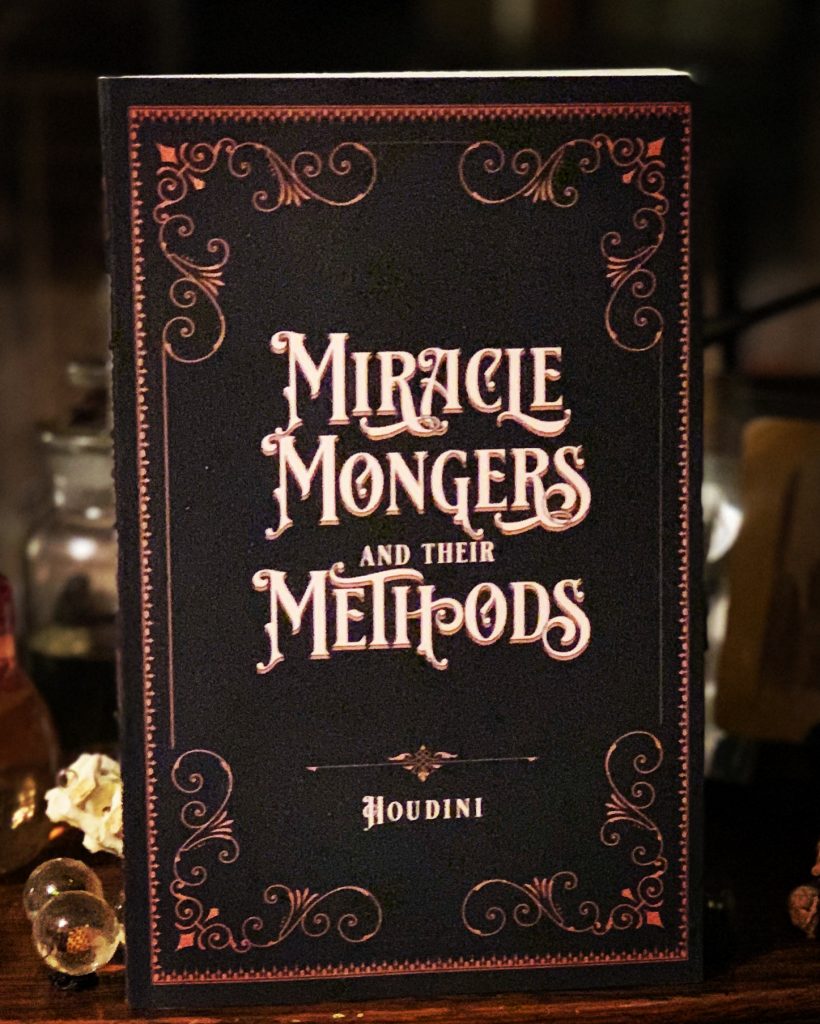
In 1920, Houdini published a collection of notes and stories about various dime museum attractions and circus wonders he met personally while traveling or learned about while studying his profession. The book, Miracle Mongers and Their Methods, is now available once again through Curious Publications.
Houdini’s tales include feats of sword swallowers, fire eaters, poison defiers, human ostriches, and more. Do not try them at home—or anywhere else. Especially the sword swallowing performances described in the excerpt below:
Several women have adopted the profession of sword-swallowing, and some have won much more than a passing fame. Notable among these is Mlle. Edith Clifford, who is, perhaps, the most generously endowed. Possessed of more than ordinary personal charms, a refined taste for dressing both herself and her stage, and an unswerving devotion to her art, she has perfected an act that has found favor even in the Royal Courts of Europe.
Mlle. Clifford was born in London in 1884 and began swallowing the blades when only 15 years of age. During the foreign tour of the Barnum & Bailey show she joined that Organization in Vienna, 1901, and remained with it for five years, and now, after eighteen years of service, she stands well up among the stars. She has swallowed a 26-inch blade, but the physicians advise her not to indulge her sappetite for such luxuries often, as it is quite dangerous. Blades of 18 or 20 inches give her no trouble whatever.
In the spring of 1919 I visited the Ringling Bros., and the Barnum & Bailey Show especially to witness Mlle. Clifford’s act. In addition to swallowing the customary swords and sabers she introduced such novelties as a specially constructed razor, with a blade five or six times the usual length, a pair of scissors of unusual size, a saw which is 2 1/2 inches wide at the broadest point, with ugly looking teeth, although somewhat rounded at the points, and several other items quite unknown to the bill-of-fare of ordinary mortals. A set of ten thin blades slip easily down her throat and are removed one at a time.
The sensation of her act is reached when the point of a bayonet, 23 1/2 inches long, fastened to the breech of a cannon, is placed in her mouth and the piece discharged; the recoil driving the bayonet suddenly down her throat. The gun is loaded with a 10 gauge cannon shell.
Mlle. Clifford’s handsomely arranged stage occupied the place of honor in the section devoted to freaks and specialties.
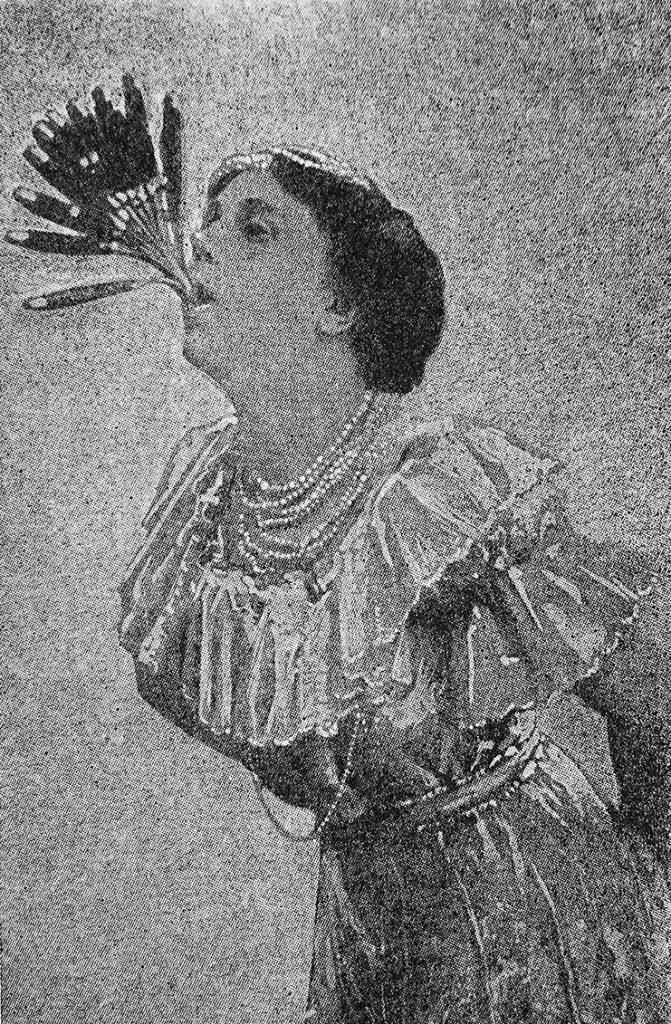
Now that you know not to shoot a bayonet down your throat, here’s one more excerpt about another stunt you should not attempt: Frog swallowing.
Until a comparatively recent date, incredible as it may seem, frog-swallowers were far from uncommon on the bills of the Continental theaters. The most prominent, Norton, a Frenchman, was billed as a leading feature in the high-class houses of Europe. I saw him work at the Apollo Theater, Nuremberg, where I was to follow him in; and during my engagement at the Circus Busch, Berlin, we were on the same programme, which gave me an opportunity to watch him closely.
One of his features was to drink thirty or forty large glasses of beer in slow succession. The filled glasses were displayed on shelves at the back of the stage, and had handles so that he could bring forward two or three in each hand. When he had finished these he would return for others and, while gathering another handful, would bring up the beer and eject it into a receptacle arranged between the shelves, just below the line of vision of the audience.
Norton could swallow a number of half-grown frogs and bring them up alive. I remember his anxiety on one occasion when returning to his dressing-room; it seems he had lost a frog—at least he could not account for the entire flock—and he looked very much scared, probably at the uncertainty as to whether or not he had to digest a live frog.
This Centennial Edition appears 101 years after the original E. P. Dutton publication. One year escaped us. Available now on Amazon.


